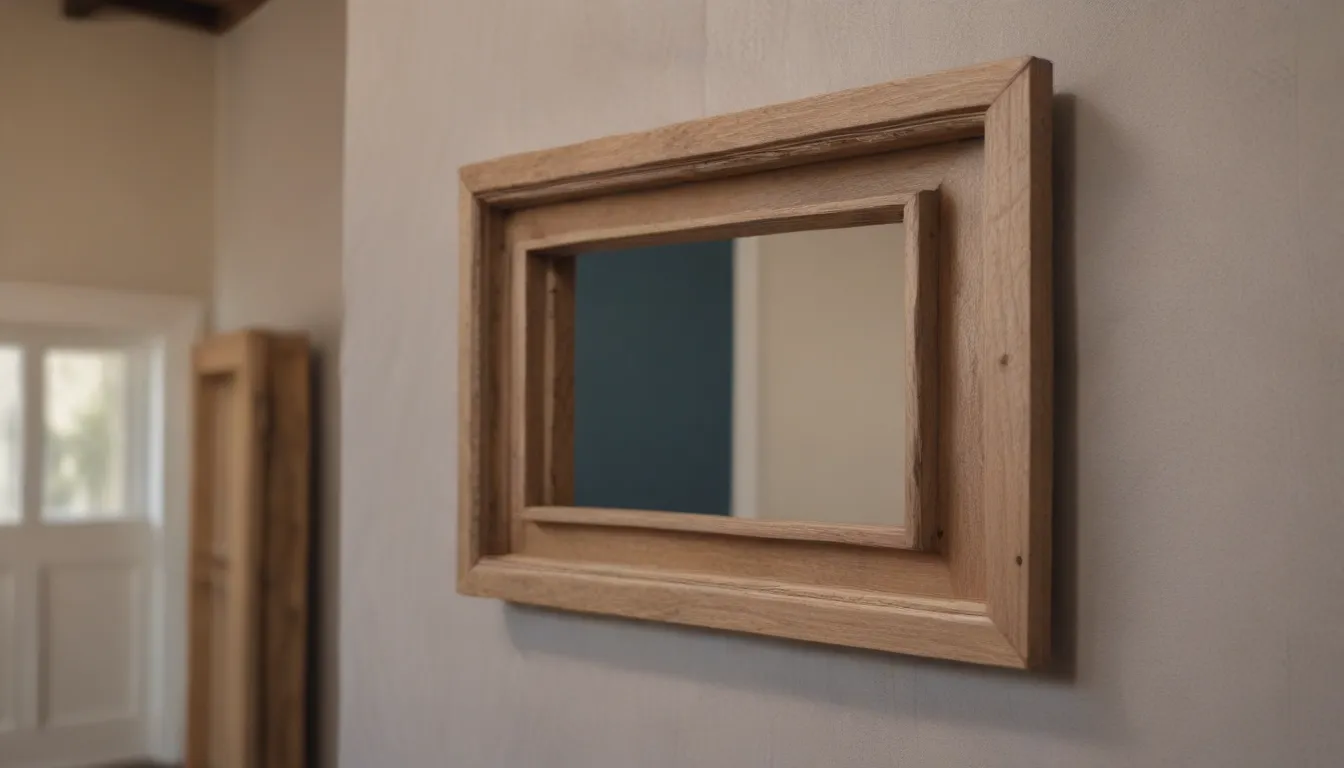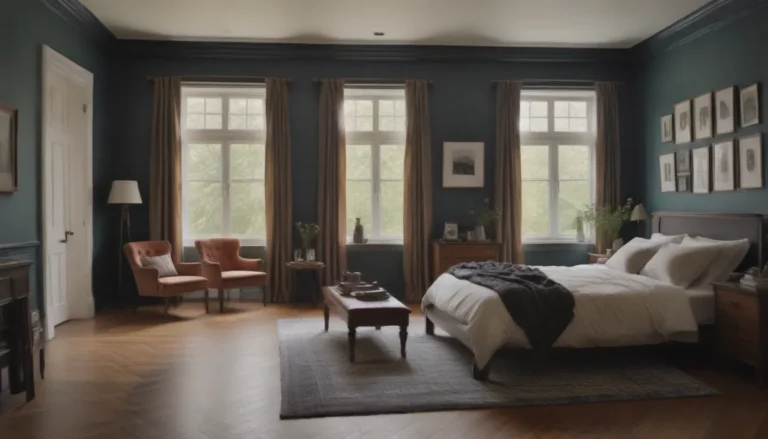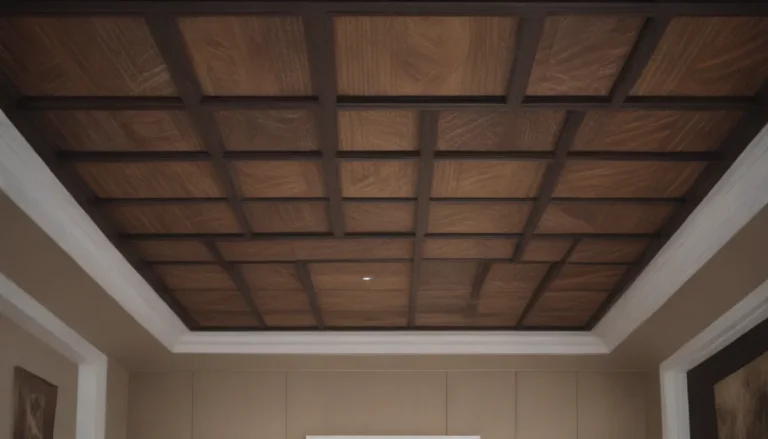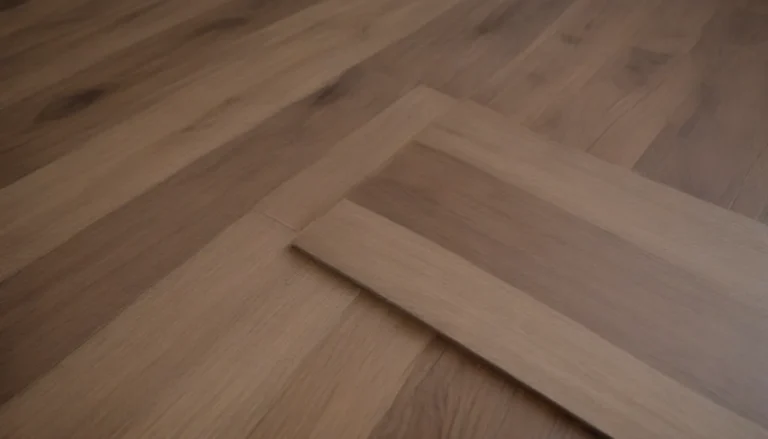Understanding Wall Studs and Framing: Everything You Need to Know

When it comes to home building or renovation projects, understanding what lies behind drywall is crucial. The wall studs and framing play a significant role in the structure of a wall, affecting everything from hanging a picture to building an entire room. In this comprehensive guide, we will delve into the world of wall studs and framing, providing you with valuable information to empower you in your home improvement endeavors.
The Basics of Drywall
Drywall, also known as wallboard, is a gypsum-based board that forms the majority of walls in homes. Typically 1/2-inch thick, drywall can be thicker in certain areas such as ceilings and fire-prone spaces. Drywall is secured to wall studs either by screws or nails, providing a sturdy foundation for the walls of a home.
Exploring Wall Studs
Wall studs are vertical members that provide structural support for a wall. Load-bearing walls support the weight of the house above them, while non-load-bearing walls support only their own weight. It is essential to understand the spacing of wall studs, as it impacts various projects like hanging pictures or installing shelves.
- Load-bearing wall studs are typically spaced 16 inches apart on center.
- Non-load-bearing walls can have studs spaced as far apart as 24 inches on center.
- In some homes, load-bearing walls may have studs spaced 24 inches apart on center.
Insulation Insights
Insulation plays a critical role in maintaining energy efficiency and soundproofing in a home. Exterior walls are usually insulated with materials such as fiberglass, cellulose, mineral wool, or foam. Older homes may lack insulation, while interior walls may have insulation for soundproofing purposes.
Understanding Headers
Headers are horizontal members that run across the top of doors, windows, and entryways. These structural components support the weight that would typically be borne by vertical studs in these spaces. The size of the header above a window can impact the amount of natural light and air that enters a room.
Navigating Electrical Wires
Electrical cables are commonly found behind drywall, running horizontally through holes in the studs or stapled vertically along the sides of studs. It is important to be aware of the locations of electrical wires, as they power outlets, switches, and fixtures throughout a home. Loose wires are not permitted by electrical codes, with older homes possibly having knob-and-tube wiring.
Plumbing Pipes and Fireblocks
Plumbing pipes made of materials like PEX, copper, or galvanized steel are often located behind walls to supply kitchens and bathrooms with water. Fireblocks, perpendicular to wall studs, are crucial for slowing down the spread of fire within a wall. They act as effective barriers to prevent flames from moving between floors.
Dealing with Vermin and Construction Debris
Even well-sealed walls may attract spiders, insects, and even rodents. Construction debris and fasteners like screws or nails may be present within wall cavities, remnants of careless construction practices. Properly securing items to drywall using studs or anchors is essential for ensuring the stability of shelves, cabinets, and other fixtures.
Cost Considerations and Maintenance Standards
Framing and drywalling a room can range from $7 to $16 per square foot, depending on the materials and labor involved. Understanding whether exterior walls are load-bearing or non-load-bearing is crucial for proper construction and renovation projects. Compliance with building codes and maintenance standards is essential for ensuring the safety and integrity of a home.
In conclusion, having a solid understanding of what lies behind drywall, including wall studs, insulation, electrical wiring, and plumbing pipes, is essential for any homeowner or DIY enthusiast. By familiarizing yourself with the basics of wall framing, you can tackle projects with confidence and ensure the long-term durability of your home. Remember, the more you know about what’s behind your walls, the better equipped you will be to handle any home improvement task that comes your way.





